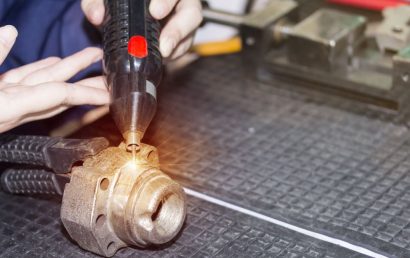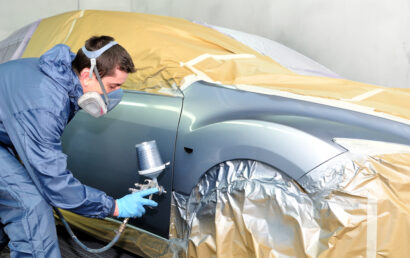HVOF Vs. HVAF Coatings: What’s The Difference?
Both HVOF and HVAF are a type of coating technology that enables you to apply specialized spray when higher temperatures are needed and you can also use them in circumstances where you want minimal oxygen content. However, there are a number of differences between HVOF coatings vs. HVAF coatings which are highlighted below.
HVOF
HVOF stands for high-velocity oxygen fuel. It is popular within the aviation industry for repairs, and newer landing gear will often feature HVOF coating within their gear cylinder. Other important components that use this coating include engines, propeller hubs, and actuators. The coating is prized for its ability to eradicate carcinogens and hexavalent chrome plus it lasts longer while manifesting minimal corrosion or wear.
Within an HVOF gun, the liquid fuel or gaseous/oxygen mixture will be fed inside the chamber where the ongoing combustion and ignition will occur. The heated gas that results will leave through a diverging/converging nozzle. The velocity of the jet near the barrel’s exit is supersonic, and the powdered feedstock will be injected within a gas stream and then accelerated to a speed as high as 800 m/s. This stream of heated powder and gas will be directed to the surface that must be coated. The powder will melt partially inside the stream and then deposit onto the substrate. The resultant coating will have exceptional bond strength and lower porosity.
HVAF
HVAF stands for high-velocity air fuel. Its gun will utilize a spray powder which is heated and then accelerated via product combustion, namely fuel gas and heated compressed air. The gas might be propylene, propane, or butane. The combination of fuel gas and air will flow inside a combustion chamber via the many orifices of the ceramic insert.
The starting ignition will occur by spark, which causes an insert to become hot. This heated insert will continuously ignite the gases, which offers stabilized combustion for a broad range of gas pressures and air-fueled ratios. HVAF coatings are popular since they protect critical structures, vessels and components against corrosion and abrasion while promoting preservation and restoration. It is often applied to internal pipe diameters to prep them for additional processes.
Combustion Temperature
HVAF tools utilize gas combustion energy within the air for spray powder application. Combustion temperatures within HVAF guns will usually be 1000 degrees Celsius less than HVOF coating tools. Lower temperatures are preferable for gradual heating within feedstock metallic particles as well as cemented carbides. It also prevents metal oxidation and carbide decomposition.
Cost Comparison
Another difference between HVOF and HVAF is price. While the initial investment cost is roughly the same for installation, HVAF has been found to deposit coatings at a speed that is four to five times faster than HVOF. This means rather than using multiple HVOF coating units, you could use a single HVAF unit instead. Another thing to consider is that HVAF uses compressed air rather than oxygen, which is much more affordable. Its spray guns are also highly efficient and simpler to change.



